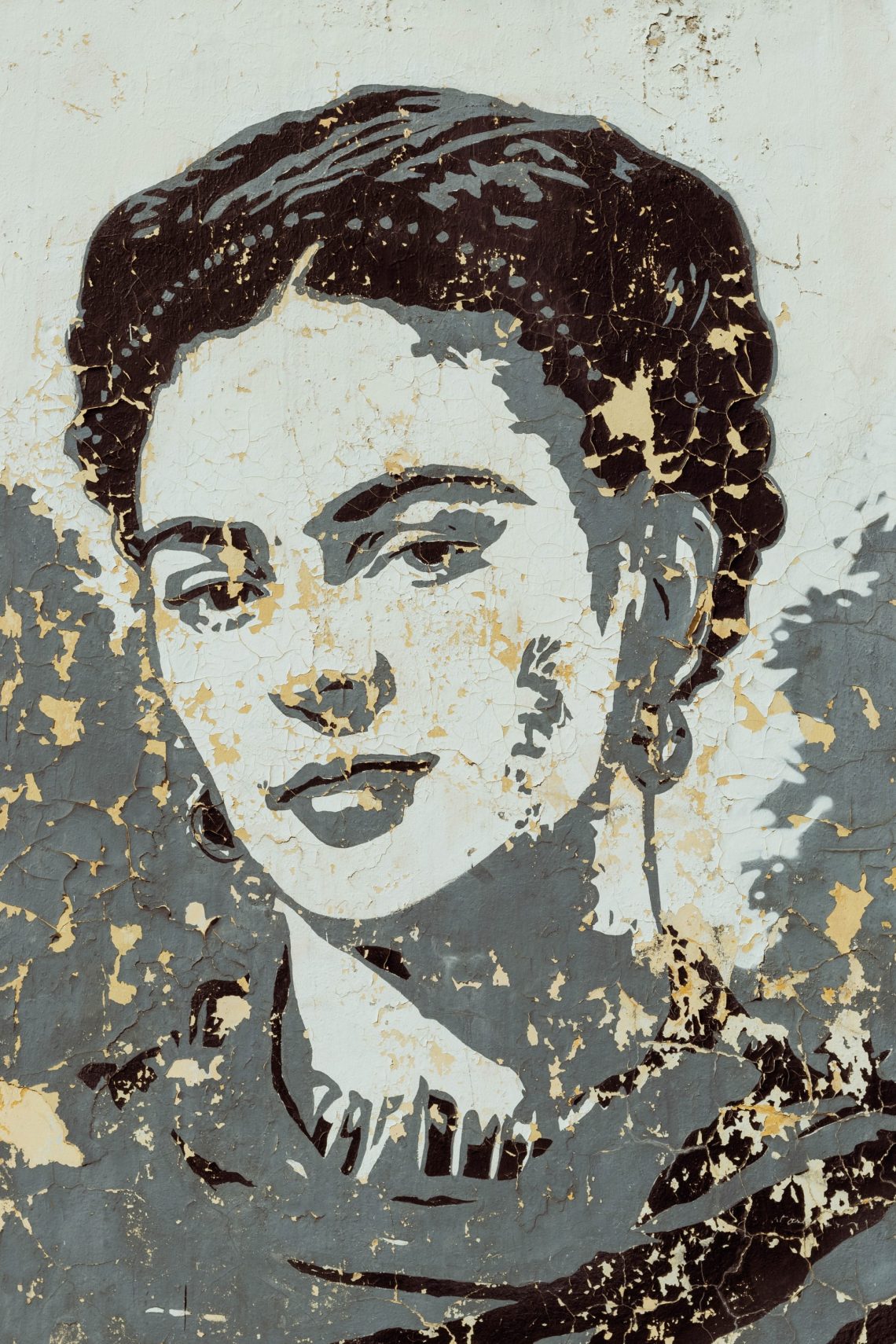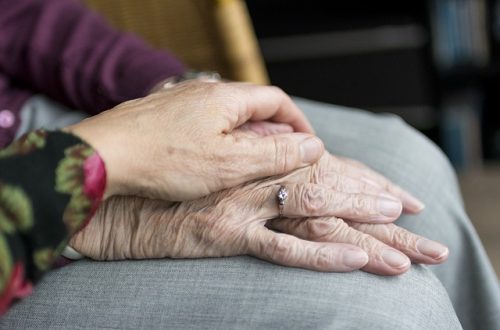There are few faces as iconic and recognizable as that of the woman with a necklace of thorns. Her head adorned with flowers, her most notable feature that is never to be forgotten in each rendition of her portrait are the wispy eyebrows that meet in the center above the bridge of her nose. For those of us that see beyond the face in each portrait, there can be found a story of a courageous and resilient woman.
Frida Kahlo was known most for her self-portraits. Each one depicted her face as honestly as a photograph, but the surroundings told a story of pain and suffering.
She wasn’t a stranger to physical pain. As a child in the 1910’s in Mexico, she suffered from polio making it hard for her to walk. In her early twenties, a bus accident had left her in a corset cast and bedridden for months. Her dreams of becoming a doctor shattered along with her pelvic bone, ribs, and collarbone. It was at this time that she began to paint.
By far her most popular paintings were the self-portraits. Each one portrayed a bit of the pain she felt, under an umbrella of both realism and fantasy. She rejected the notion of her artwork being surrealist. She claimed it as her reality.
Among those who knew her, they often spoke of her sense of humor. She often blatantly rejected norms and rules with an air of sarcasm. From cross-dressing in family portraits to claiming to her doctor that she lost her virginity to the accident—seeing as how she was impaled through her pelvic bone by one of the trolley poles. She even had a sense of humor about the emotional turmoil she went through later in life, because of her marriage. Out of the two great accidents in her life, the trolley and Diego, she said Diego was by far the worst. Diego and reportedly unfaithful to Frida. True to her rebellious nature, she would seduce the very women that Diego had affairs with. It seems like Frida always had the last laugh.
“Nothing is worth more than laughter. It is strength to laugh and to abandon oneself, to be light. Tragedy is the most ridiculous thing. ”
Frida Kahlo
Frida was open about her pain, but she would probably never describe herself as vulnerable. From her appearance, she was a fragile thing, her body after all its complications were practically porcelain. Frida spent some of her last days having her bed wheeled-in to her exhibits.
Courage doesn’t have to make a show out of itself. It isn’t only found in knights in shining armor, or in people occupying thrones and places of power. Frida was physically fragile but she wasn’t weak. Even with relative recognition throughout her life—mostly due to association with Diego, it took a while for others to see Frida’s brilliance. She wasn’t popularized until 20 years after her death, and only about 20 years after that did she become a worldwide symbol of Feminism, Chicanismo, and LGBT+ representation. But if courage is defined as strength in the face of pain or grief. Frida is also a symbol of courage.
“At the end of the day, we can endure much more than we think we can.”
Frida Kahlo





